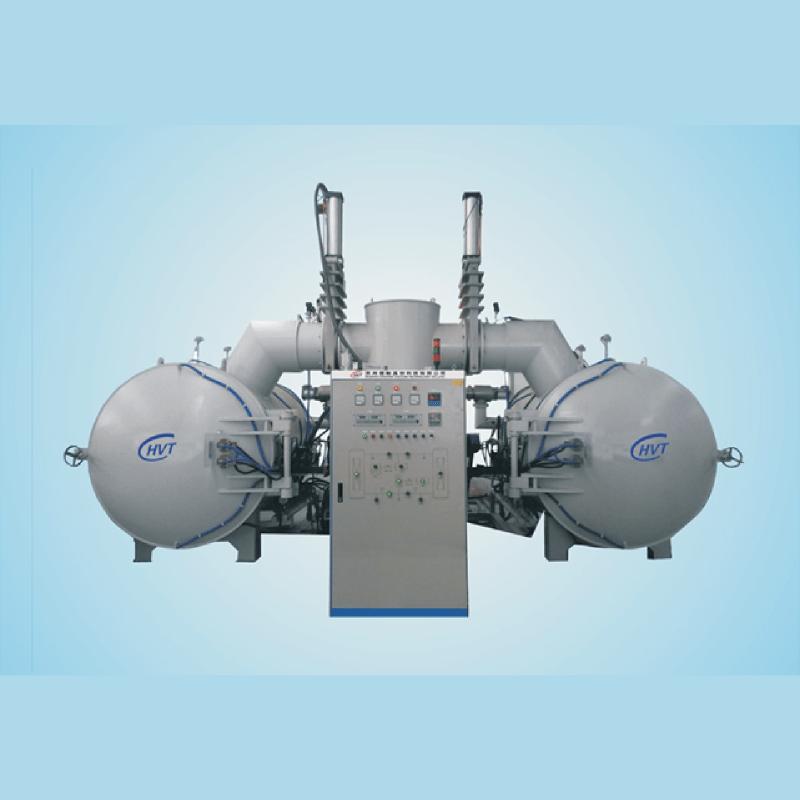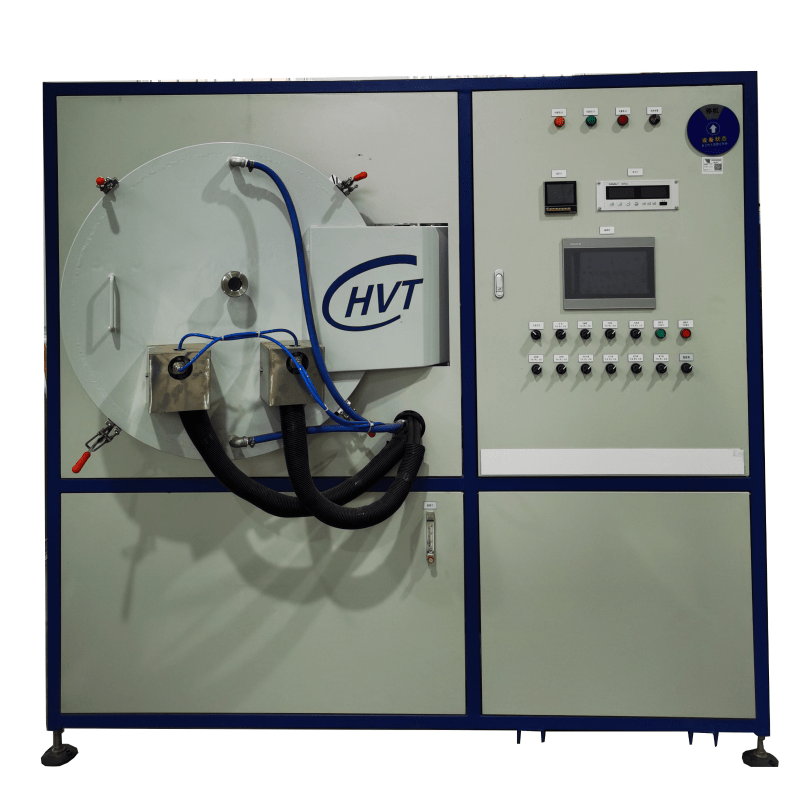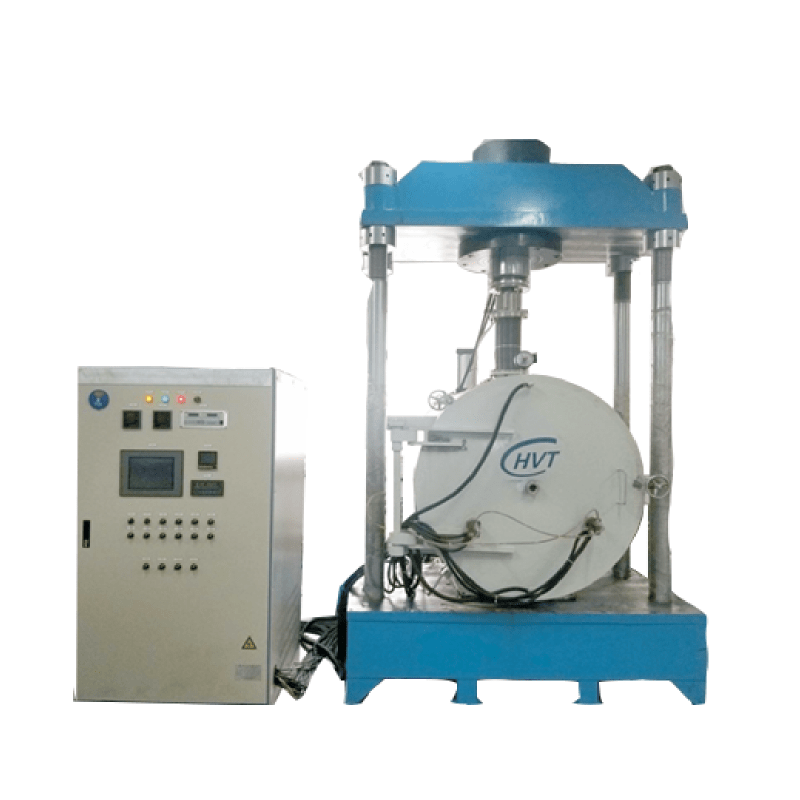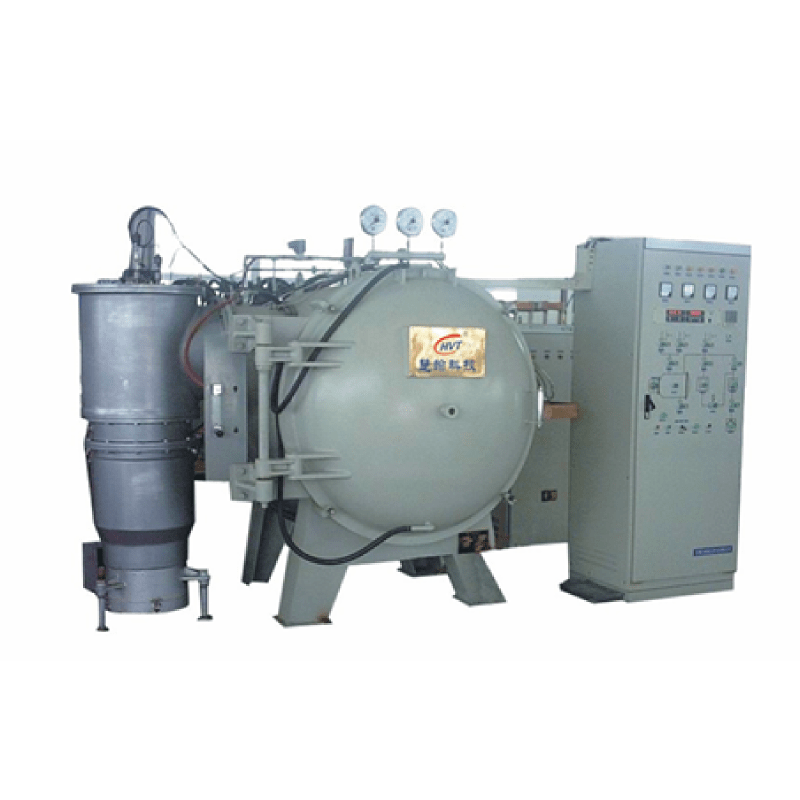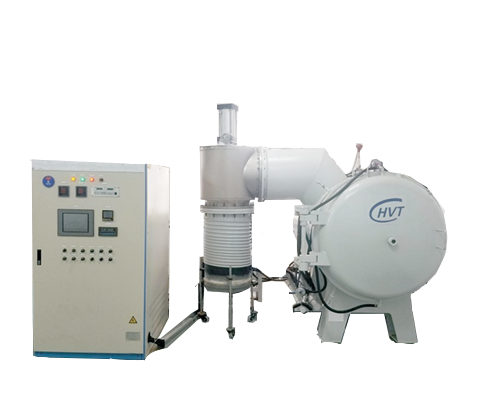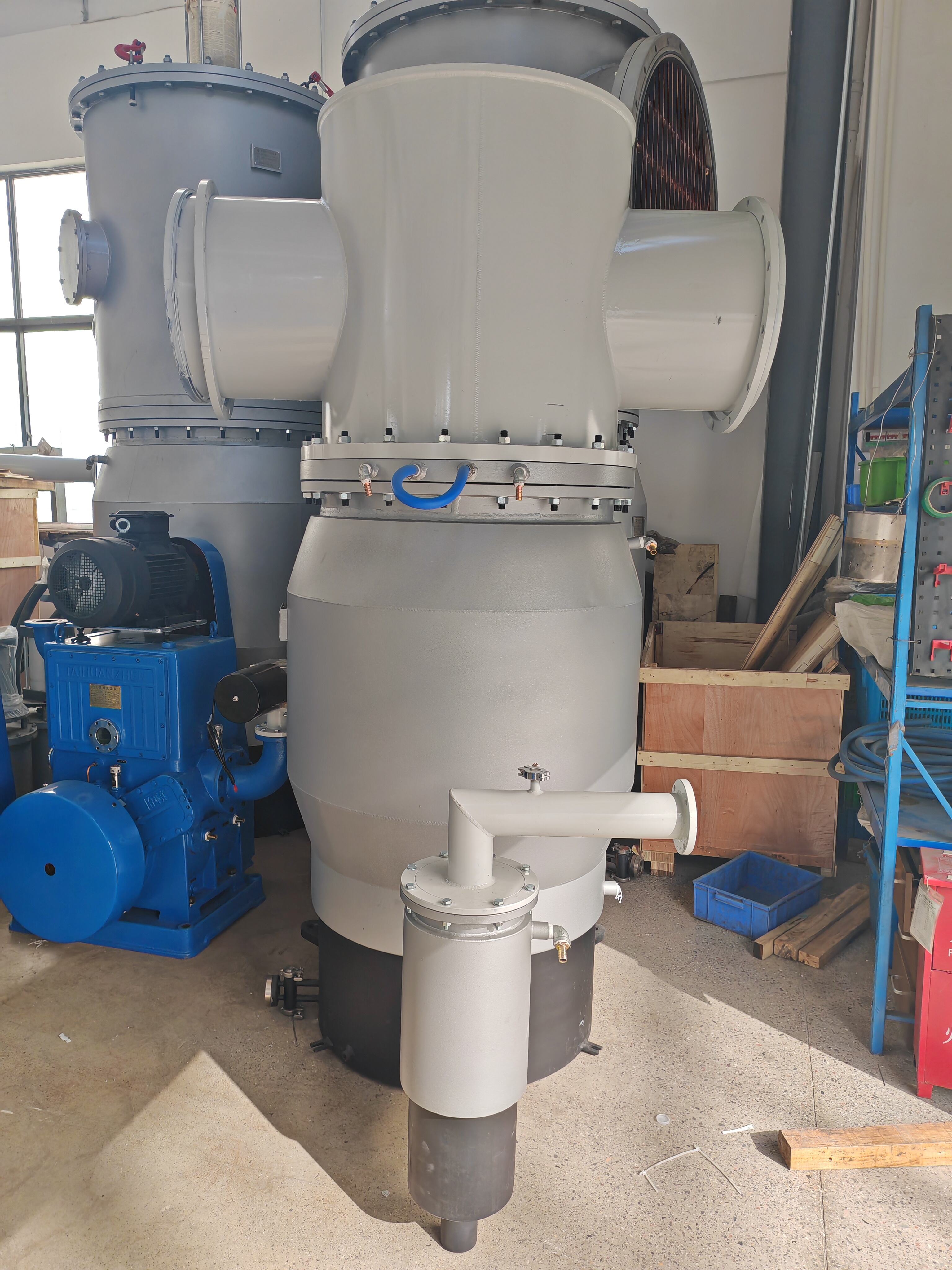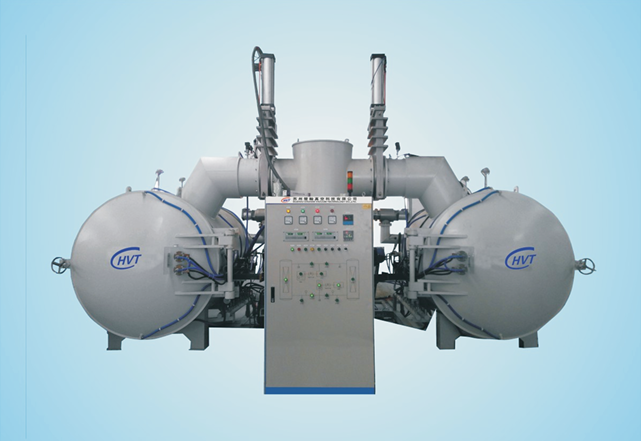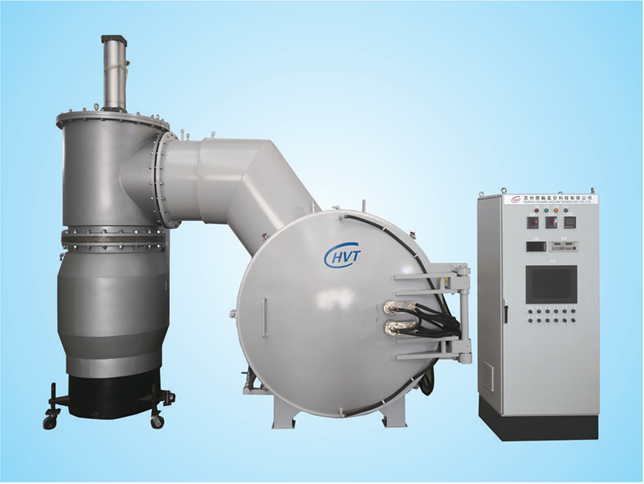furnace for steel melting
A furnace for steel melting represents a crucial piece of industrial equipment designed to transform solid steel into its molten state for various manufacturing processes. These advanced systems operate at extremely high temperatures, typically ranging from 1,370°C to 1,650°C, utilizing either electrical or fuel-based heating methods. The furnace comprises several essential components, including a robust refractory-lined chamber, precise temperature control systems, and sophisticated charging mechanisms. Modern steel melting furnaces incorporate advanced features such as automated loading systems, real-time temperature monitoring, and energy-efficient heating elements. These furnaces can process various types of steel feedstock, from raw materials to recycled scrap, making them versatile for different production requirements. The technology employs multiple heating zones to ensure uniform temperature distribution, while advanced control systems maintain optimal melting conditions throughout the process. Safety features include emergency shutdown systems, cooling mechanisms, and monitoring equipment to prevent overheating. These furnaces serve various industries, including automotive manufacturing, construction, and general metalworking, offering different capacity options to suit specific production needs.

